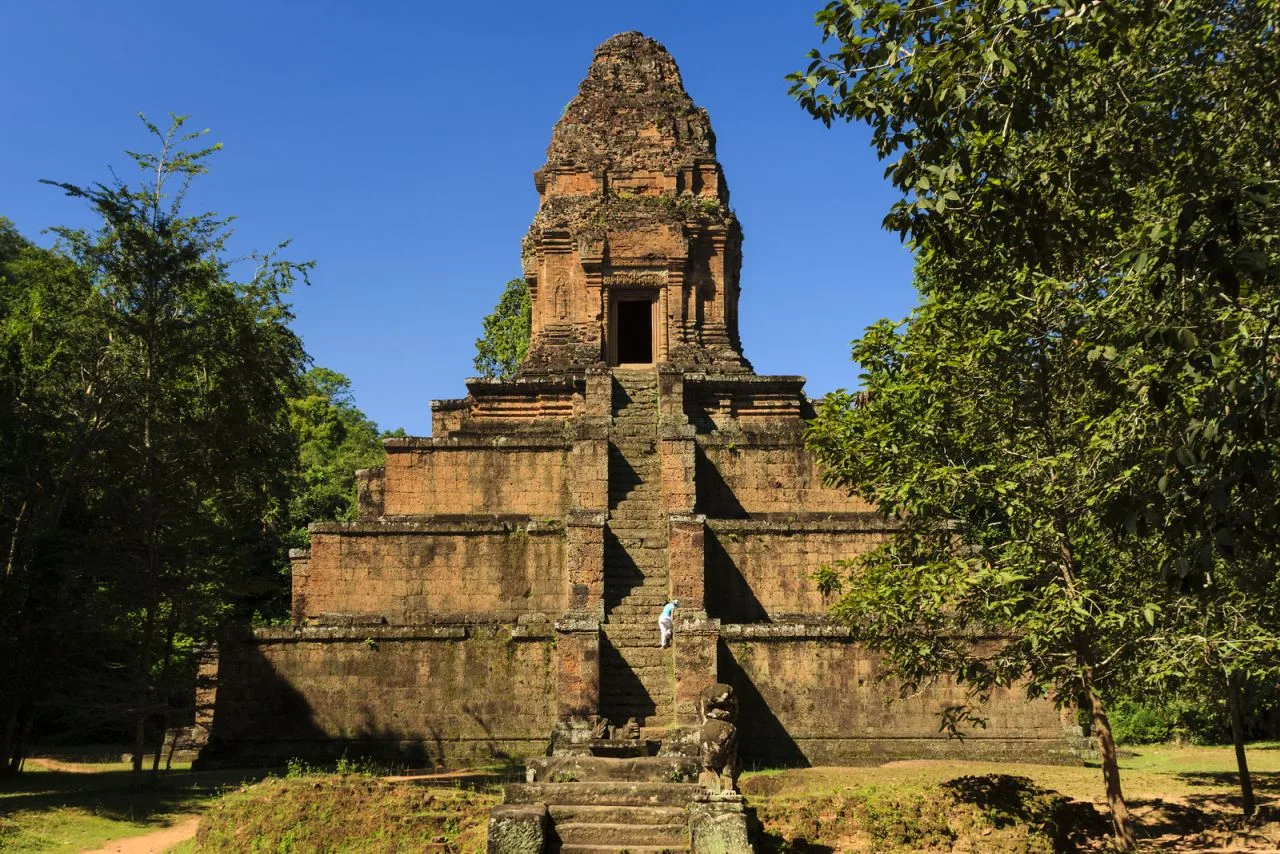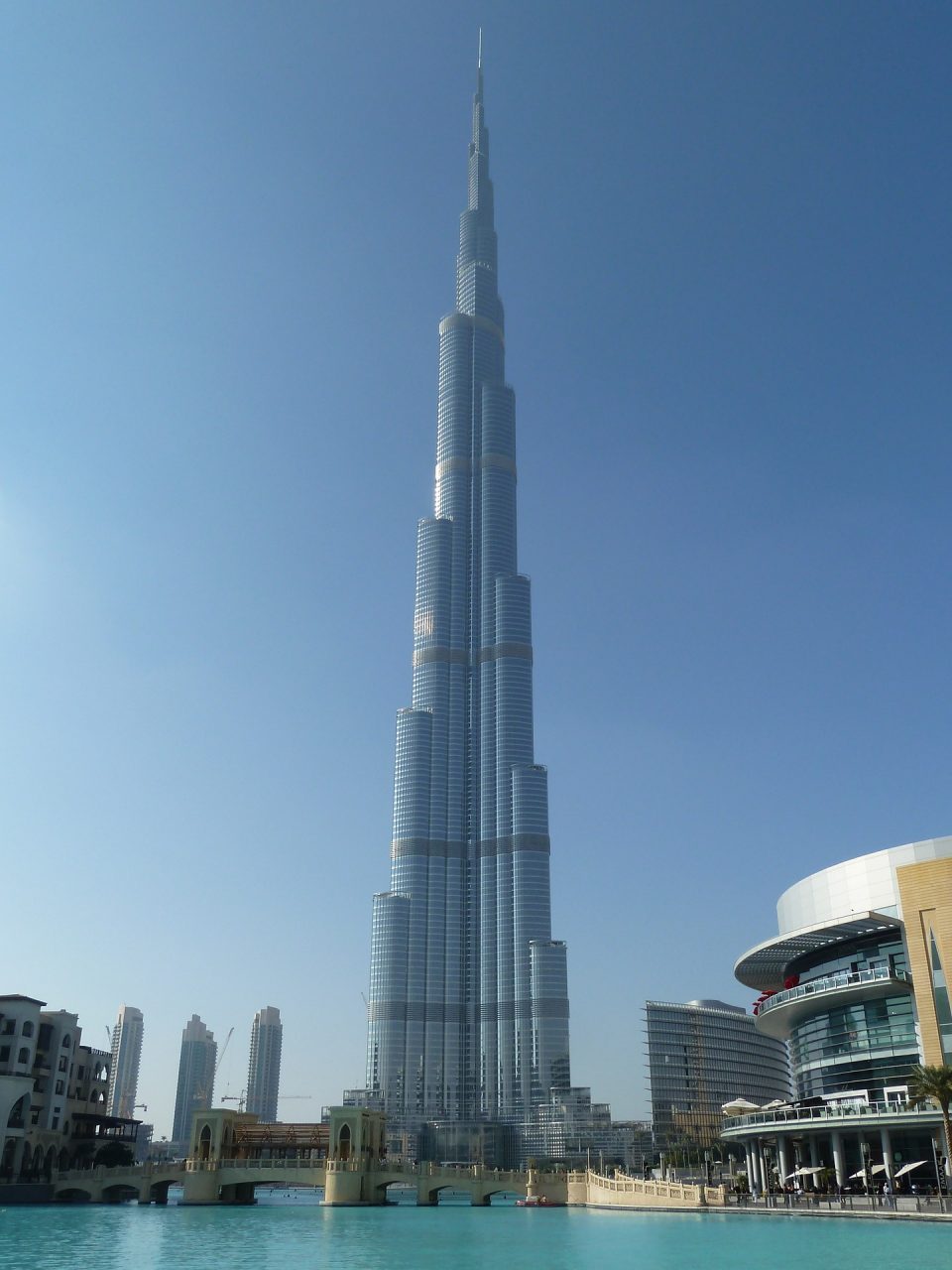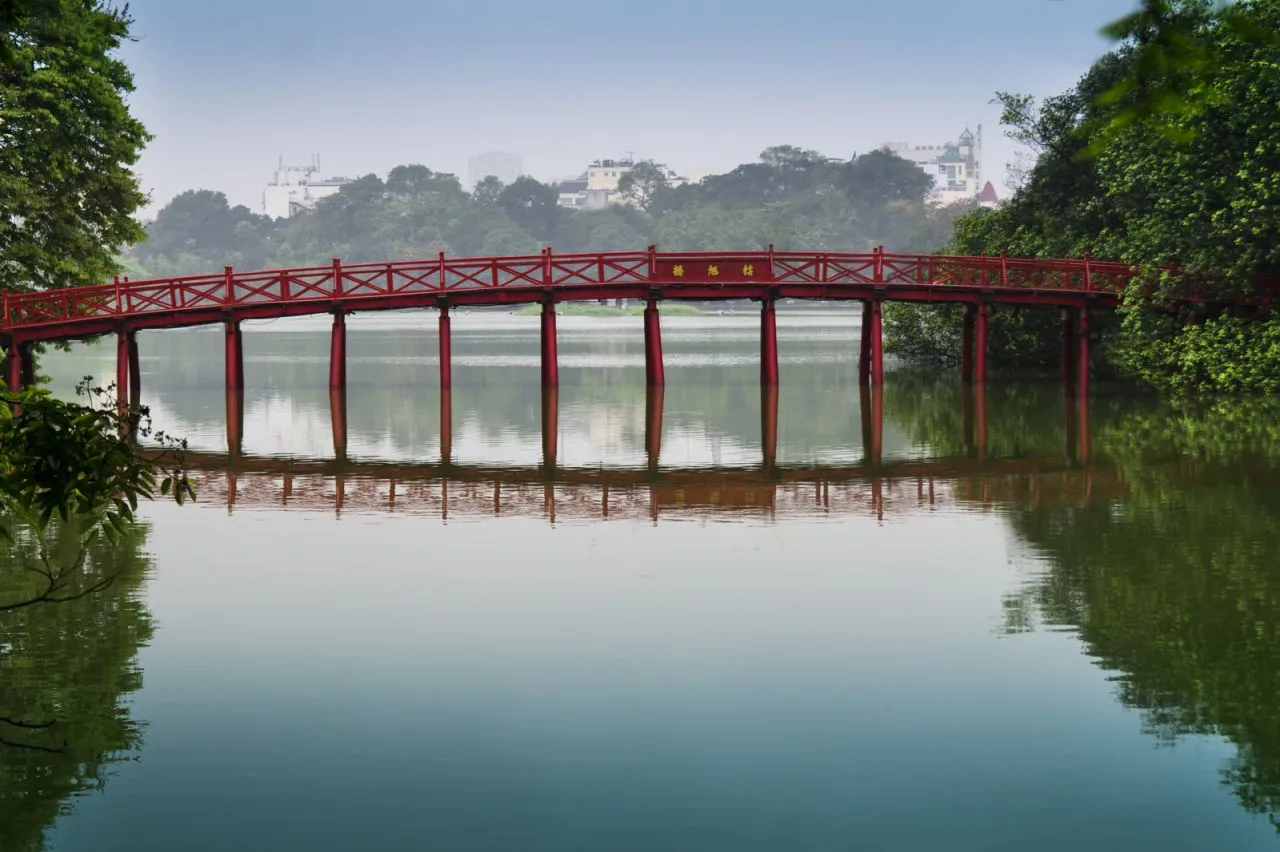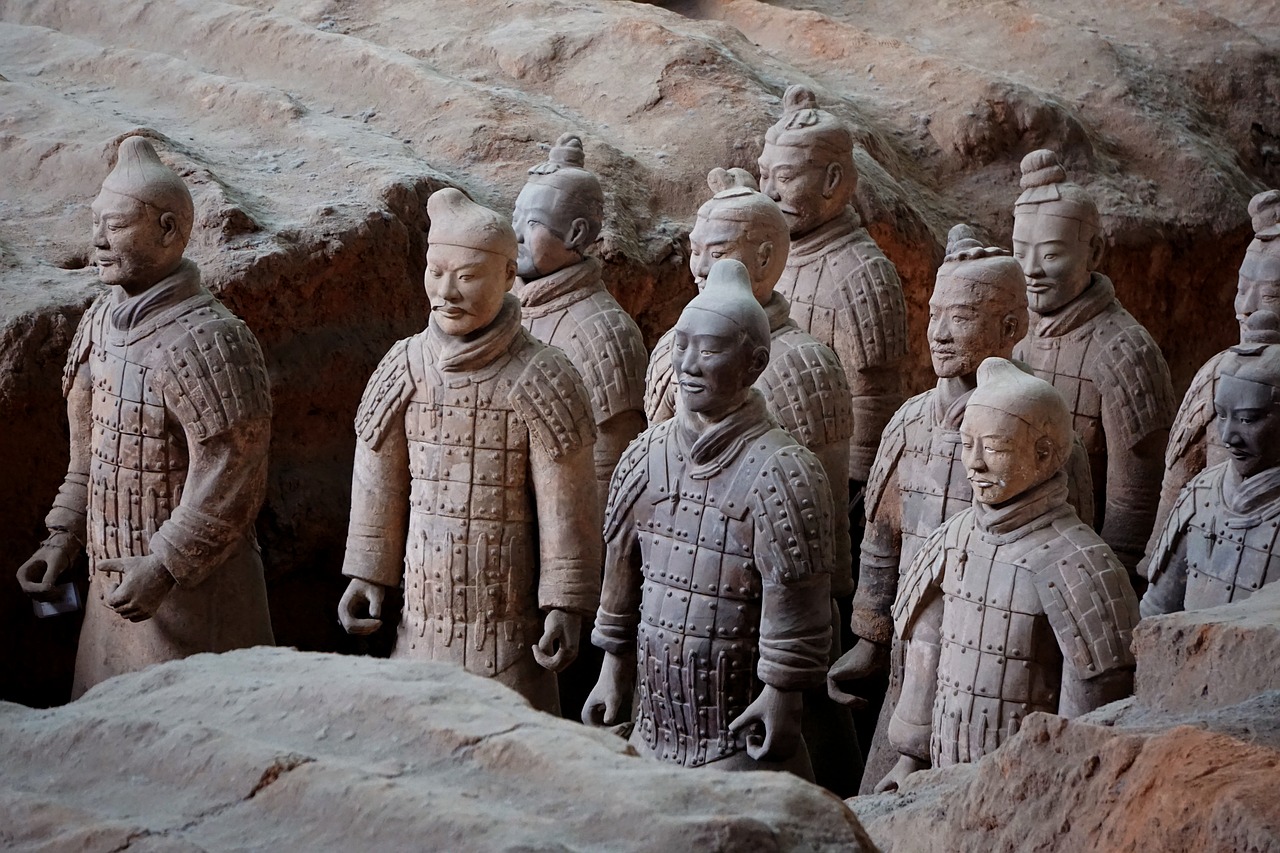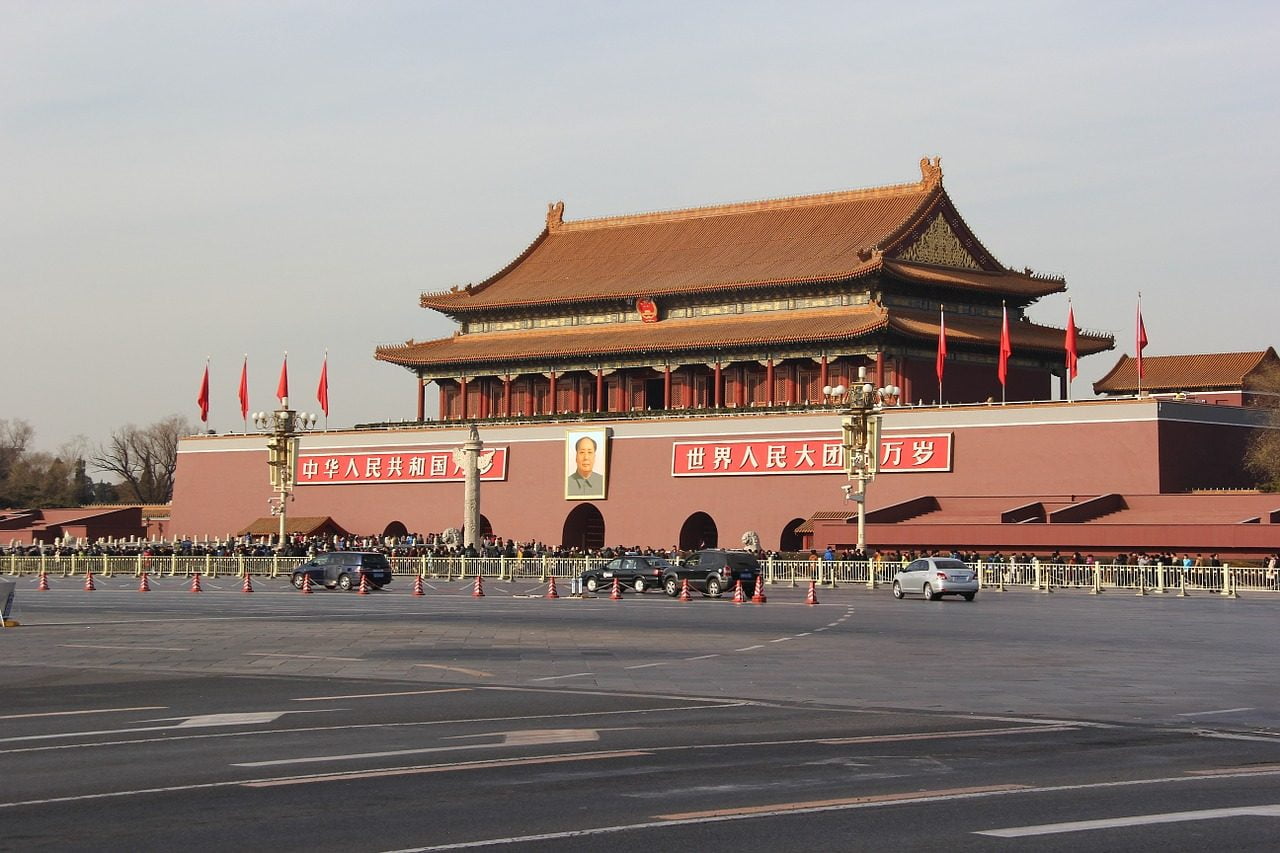Angkor Wat
Address
Angkor Wat, Cambodia
GPS
13.4124426, 103.86658727328
Located in northern Cambodia, Angkor Wat is a massive complex of Buddhist temples. It was originally constructed as a Hindu temple sometime around the first part of the 12th century. Angkor Wat is the largest Hindu temple complex in terms of land area, at more than 400 acres. The name, which means “temple city” in Khmer, alludes to the fact that it was constructed as Emperor Suryavarman II’s state temple and political centre during his reign from 1113 to 1150.
Angkor Wat was built as a Hindu temple to the god Vishnu, but by the end of the 12th century it had been converted into a Buddhist shrine.
Despite substantial damage incurred during the authoritarian rule of the Khmer Rouge regime in the 1970s and earlier regional conflicts, the temple continues to serve as an important tourist destination in Cambodia despite no longer being an active place of worship.
The location
Angkor Wat lies around five miles north of Siem Reap, a contemporary city in Cambodia with a population of over 200,000.
 At the time it was constructed, however, the Khmer empire governed the area, and the city functioned as its capital. Angkor means “capital city” in Khmer, and “Wat” means “temple” in Khmer.
At the time it was constructed, however, the Khmer empire governed the area, and the city functioned as its capital. Angkor means “capital city” in Khmer, and “Wat” means “temple” in Khmer.
Since Suryavarman II, the region’s monarch at the time, followed Hinduism, the first incarnation of Angkor Wat was conceived as a Hindu temple. By the time the 12th century rolled around, however, it had become a sacred Buddhist location.
Unfortunately, by that time, Angkor Wat had already been destroyed by a rival Khmer tribe; as a result, the Khmer relocated their capital to Angkor Thom and their state temple to Bayon, both of which are located a short distance to the north of the original site, at the command of the new emperor, Jayavarman VII.
Legends began to develop about Angkor Wat as the temple’s importance grew within the region’s Buddhist community. Many Buddhists think the god Indra personally commanded the building of the temple, and that it was completed in a single night.
The planning and construction of Angkor Wat, according to modern research, took decades.
The structure
By the 13th century, Angkor Wat was no longer a centre of governmental, cultural, or commercial activity, but it continued to serve as a significant Buddhist monument until the early 1800s.
True, Angkor Wat was never truly abandoned like so many other historical places. Instead, it slowly lost its significance and condition as time passed.
 Even yet, it remained an unparalleled feat of architecture. The French explorer Henri Mouhot “rediscovered” it in the 1840s, describing it as “grander than anything left to us by Greece or Rome.”
Even yet, it remained an unparalleled feat of architecture. The French explorer Henri Mouhot “rediscovered” it in the 1840s, describing it as “grander than anything left to us by Greece or Rome.”
The architectural style of the temple, which is meant to evoke Mount Meru (the abode of the gods in Hindu and Buddhist belief systems), is likely responsible for this laudatory assessment. The five towers are meant to represent the five summits of Mount Meru, while the walls and moat at its base pay homage to the nearby mountains and the ocean.
By the time this site was built, the Khmer had perfected their distinctive sandstone-based architectural style. That’s why sandstone blocks were used to build Angkor Wat.
The city, the temple, and the inhabitants were defended by a wall 15 feet tall and a huge moat, both of which are still in use today. The principal approach to the temple was a causeway paved with sandstone.
 Within these walls, Angkor Wat covers almost 200 acres of land. The palace of the emperor, located to the north of the temple, and the city are all thought to have been located in this general vicinity.
Within these walls, Angkor Wat covers almost 200 acres of land. The palace of the emperor, located to the north of the temple, and the city are all thought to have been located in this general vicinity.
However, in accordance with custom, only the city’s outer walls and the temple were constructed of sandstone, while the rest of the buildings were fashioned of wood and other, less sturdy materials. Therefore, the temple and city wall are only partially intact.
The temple is still an impressive sight, though: It rises to a height of over 70 feet at its pinnacle, a tower that overlooks the main shrine.
Thousands upon thousands of bas-reliefs depicting pivotal personalities and events from Hindu and Buddhist mythology line the temple’s walls. Another interesting feature is a bas-relief of Emperor Suryavarman II entering the city for the first time, possibly after it had been completed.
Angkor Wat today
While Angkor Wat was in use far into the 1800s, the monument has suffered extensive damage due to forest overgrowth, earthquakes, and war.
In the early 1900s, while France still governed what is now Cambodia, a commission was formed to rehabilitate the site for tourist purposes. This team additionally monitored any active archaeological digs.
 Although some repair was done when France was in control, serious efforts didn’t get going until the 1960s. By that time, colonial rule had ended and a limited constitutional monarchy had been established in Cambodia.
Although some repair was done when France was in control, serious efforts didn’t get going until the 1960s. By that time, colonial rule had ended and a limited constitutional monarchy had been established in Cambodia.
Angkor Wat astonishingly survived the devastating civil war that ravaged Cambodia in the 1970s with only minor damage. Bullet holes may be seen in the exterior walls of the historic city as a result of fighting between forces from the neighbouring country of Vietnam and the despotic and barbaric Khmer Rouge rule.
Since then, delegates from India, Germany, and France, among others, have participated to ongoing restoration efforts despite several changes in the Cambodian administration.
Cambodians continue to feel a strong sense of national pride when visiting the place.
It was designated as a World Heritage Site by UNESCO in 1992. Initially only attracting tens of thousands of tourists per year, Angkor Wat now draws in excess of half a million visitors, many of whom come very early to catch the dawn over what is still a very wonderful and spiritual area.

